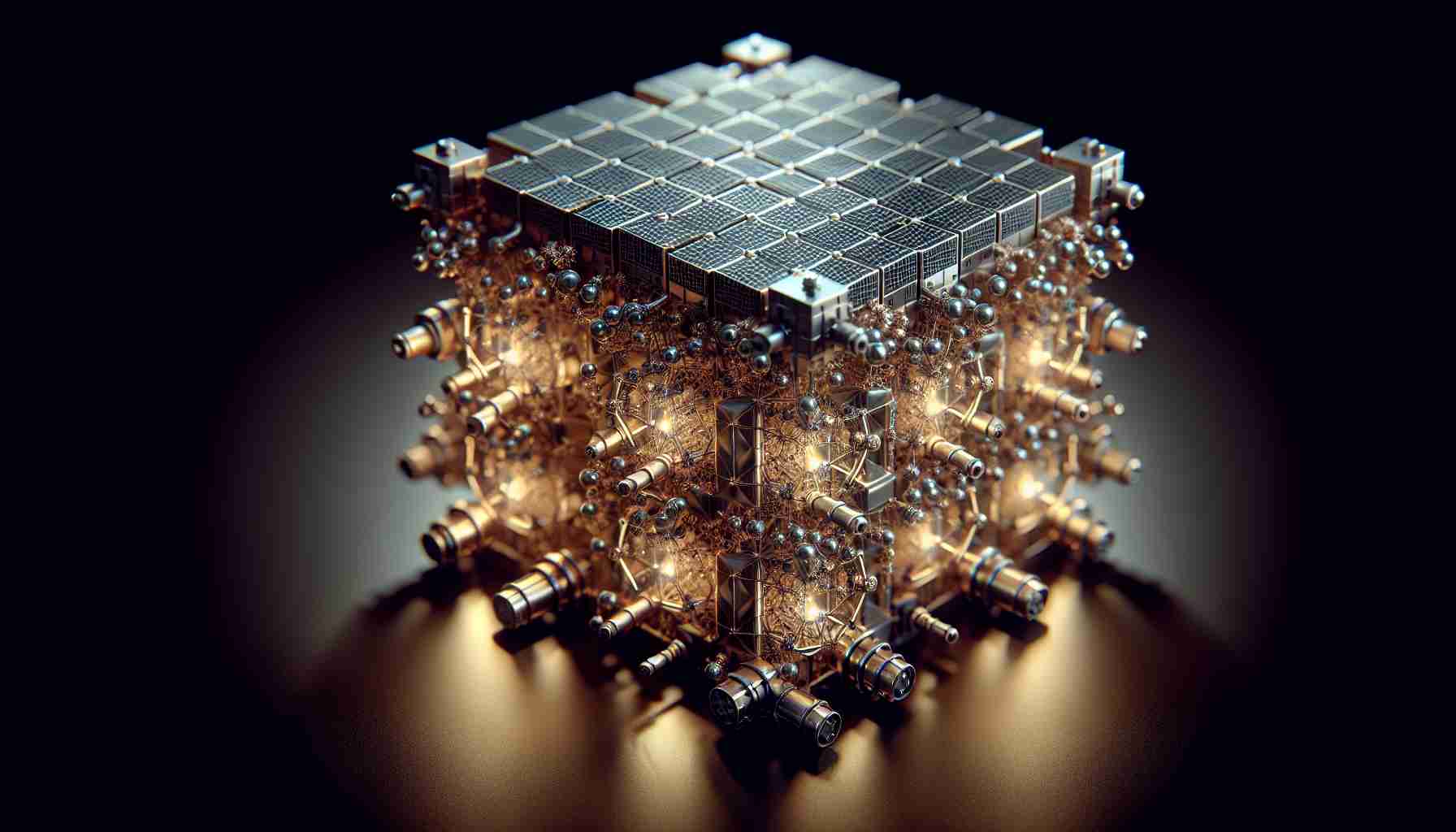Summary
Recent advancements in betavoltaic power cells signal a potential revolution in providing sustainable and long-lasting energy solutions for a variety of applications. Betavoltaic cells generate electricity from the beta decay of radioactive materials, boasting much longer life spans compared to conventional battery technology. Innovations in material research and nanotechnology have vastly improved their efficiency and safety, propelling this technology to the forefront of alternative energy conversations.
Understanding Betavoltaic Power Cells
Betavoltaic power cells are devices that convert energy from beta particle emissions into electrical power. To comprehend their significance, let’s break down the key terms:
– Betavoltaic: Relating to or denoting the generation of electric current by beta particles emitted from a radioactive source.
– Beta particles: High-energy, high-speed electrons or positrons emitted by certain types of radioactive nuclei, such as tritium.
– Half-life: The amount of time required for half of a radioactive substance to decay.
Typically, a betavoltaic device consists of a semiconductor junction that absorbs beta particles. The interaction induces a charge separation, creating an electric current.
Research and Innovation in Betavoltaic Cells
Modern research into betavoltaic cells has been driven by the pursuit of sustainable energy sources that can outlast chemical batteries. Through the use of novel materials such as tritium or nickel-63, coupled with advancements in semiconductor technology, scientists and engineers have made significant strides in increasing the efficiency and longevity of these power cells.
One area of notable improvement is in the use of nanostructured materials. By engineering semiconductors at the nanoscale, researchers have found ways to enhance the interaction between beta particles and the semiconductors, resulting in better energy conversion efficiency.
Applications of Betavoltaic Power Cells
Betavoltaic cells are particularly promising for low-power applications where long life is essential. Some potential uses include:
– Medical devices, such as pacemakers, where battery replacement is risky or impractical.
– Deep-space missions, powering spacecraft in environments where solar power is not viable.
– Remote sensors, requiring reliable power sources for extended periods without maintenance.
Safety and Environmental Concerns
Safety concerns regarding the use of radioactive materials have been central to the conversation on betavoltaic power cells. However, modern innovations have mitigated many risks by incorporating low-level beta-emitting isotopes that can be safely shielded. Furthermore, the cells are designed such that they do not involve high levels of radiation or contamination risk.
FAQs on Betavoltaic Power Cells
Q: How long can betavoltaic power cells last?
A: Depending on the radioactive source and construction, betavoltaic cells can last for years or even decades without recharging, far outperforming conventional batteries.
Q: Are betavoltaic cells safe?
A: Yes, the radioisotopes used emit low-penetration beta particles, and with proper shielding, the devices are safe for use in a variety of applications.
Q: Can betavoltaic cells replace traditional batteries?
A: Betavoltaic cells are not suitable for high-power applications but can be used in situations where long life and low power are necessary.
Q: How efficient are betavoltaic power cells?
A: The efficiency depends on the design and materials used, but recent advancements have seen significant improvements in conversion efficiency.
Q: What is the environmental impact of betavoltaic cells?
A: When handled correctly, betavoltaic cells pose minimal environmental risk, especially when compared to the disposal issues associated with traditional batteries.
Conclusion
Betavoltaic power cells represent an exciting frontier in the quest for reliable, long-lived power sources. As the technology continues to evolve, we can expect to see them used in more applications, solving some of the longstanding challenges associated with power supply in remote and harsh environments.
For current information, please refer to reputable scientific journals and authenticated sources such as Nature or U.S. Department of Energy.
